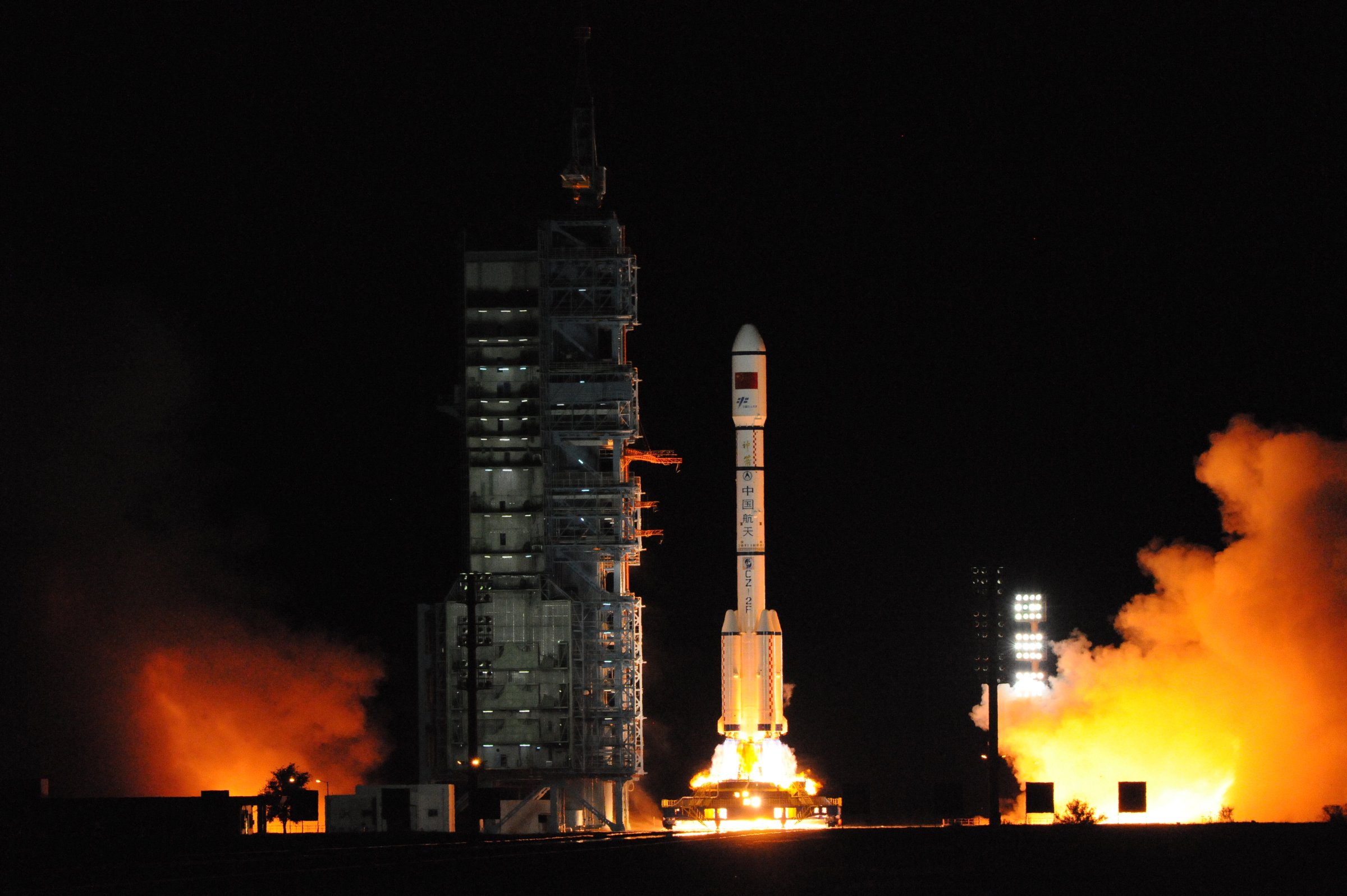
China launched a cache of Cabernet Sauvignon, Merlot and Pinot Noir vines into space on the orbiting Tiangong-2 lab during this year’s Mid-Autumn Festival on Sept. 15, in an experiment that hopes to yield a sturdier plant by exposing them to the harsh climates and radiation of space.
According to DecanterChina.com, scientists hope the experiments will create a vine that is more drought, cold, and virus resistant making the vines more suitable for Chinese weather.
The auspicious launch date is perhaps a nod to Chinese Mid-Autumn Festival folklore, as legend tells the story of the moon goddess, Chang’e, levitating all the way in to space after getting drunk on the “elixir of life.”
China’s burgeoning vineyards — particularly in the Ningxia and Xinjiang regions — are marred by arid climates. Farmers often bury their plants during winter months to protect them from freezing over.
The National Space Administration told Decanter China that when the vines are returned to earth they will be compared to a control group grown in the Ningxia region.
According to a report by International Wine & Spirit Research, a London-based industry research group, China is the fifth largest red-wine market in the world. Despite the country’s slowing economic growth, industry groups still see moderate growth in China’s wine market, particularly among affluent millennials who are driving the country’s relatively new demand.
More Must-Reads From TIME
- The 100 Most Influential People of 2024
- Coco Gauff Is Playing for Herself Now
- Scenes From Pro-Palestinian Encampments Across U.S. Universities
- 6 Compliments That Land Every Time
- If You're Dating Right Now , You're Brave: Column
- The AI That Could Heal a Divided Internet
- Fallout Is a Brilliant Model for the Future of Video Game Adaptations
- Want Weekly Recs on What to Watch, Read, and More? Sign Up for Worth Your Time
Contact us at letters@time.com